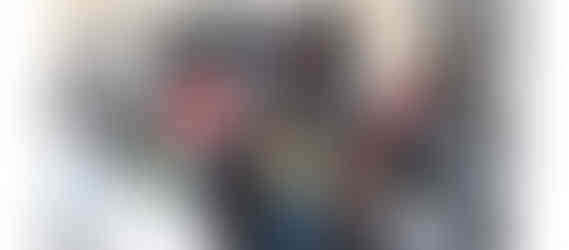MARCELO BRODSKY
1968 THE FIRE OF IDEAS

A filmmaker turns forensic detective as she pieces together hundreds of photographs in search of what she believes to be a buried history, only to find herself inside the story she is researching.
A personal visual essay on the events of 1968 around the world, based in a long research by the artist in national, agency and personal archives to find the best images to illustrate each social movement. The images are then licenced, intervened with text and color. Placed in an installation all together, they recreate the spirit and the thoughts of the time, what was being discussed, which were the ideas…
Younger generations do not pay attention to any narration if it does not contain images. This narration of 1968 intends to start with images to investigate and understand the depth and diversity of a year of social movements that modified millions of people visions all over the world. These ideas generated hope in the future in many generations, and they are still necessary today. Bringing them back to the discussion after fifty years is a good way of opening hope in the future back again in the present.
The work is based on deep visual research on the images that better narrate what happened with the social movements of 1968 around the world. Once the image is edited, I licence the reproduction rights with the file, agency or photographer. Then I research into the social movement that the photograph shows, in order to select its more important details that I can write into the piece. Finally I make my color and text intervention on the black and white image, enhancing the aspects that I consider more important, changing the punctum of the image and integrating it in the overall narration.
© Marcelo Brodsky, The Fire of Ideas. All pictures courtesy of the artist.
I outline and single out aspects of the image that are relevant, so they can be perceived more intensely by the viewers. This is a whole study on visual language, that combines the images with text, color and drawing to generate an emotional reaction in the viewers.
Younger generations do not pay any attention to history if only told with words. By working on a visual approach to history, it can become interesting to a large number of viewers from the new generations, generating interest, identification and an emotional engagement in what is being told, in this case a social movement of the youth of the world for change and political participation in decisions.
In the current political environment, generating hope may happen as a consequence of generating thought. Thinking of the ideas of 1968, activating them today, bringing them back to life with Visual and narrative means, may be a way in which a contemporary debate is enriched by previous experiences. Many of the ideas of 1968 are more interesting than the ones being discussed today. Bringing these ideas visually back to the discussion may increase today´s trust in action and today´s hope in the future.

























































